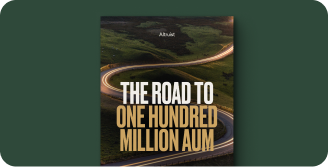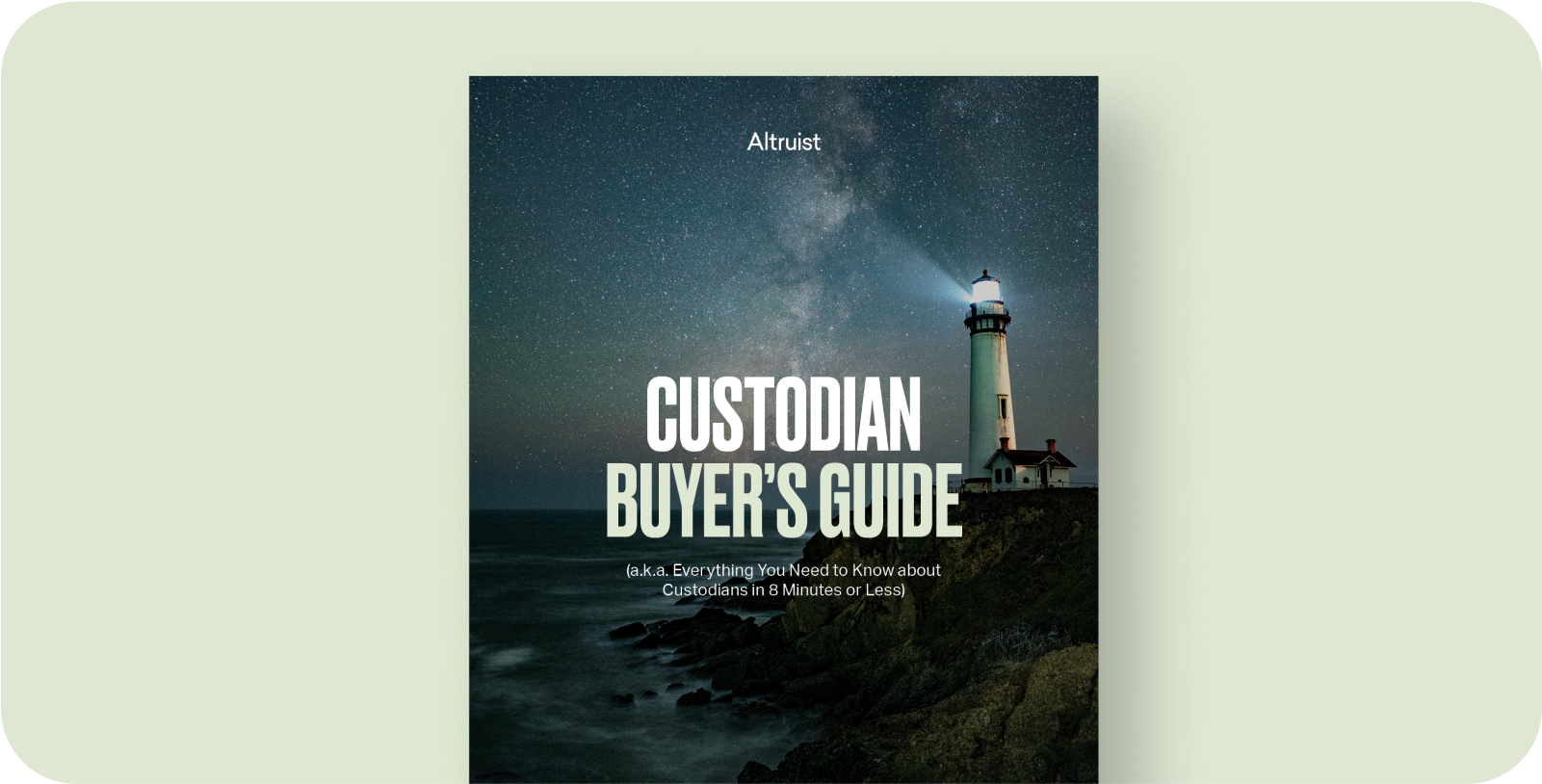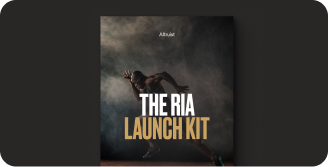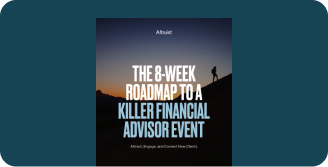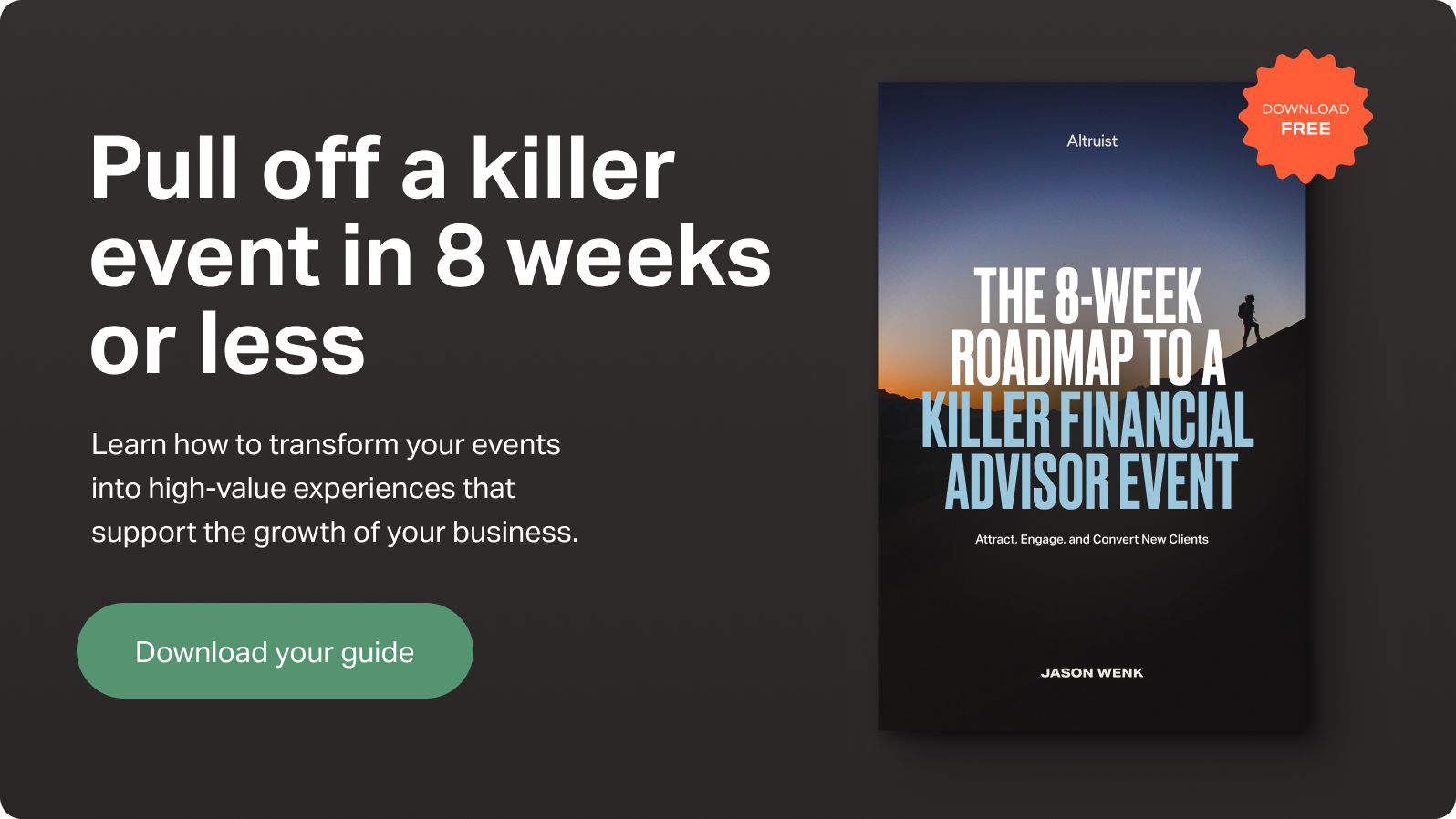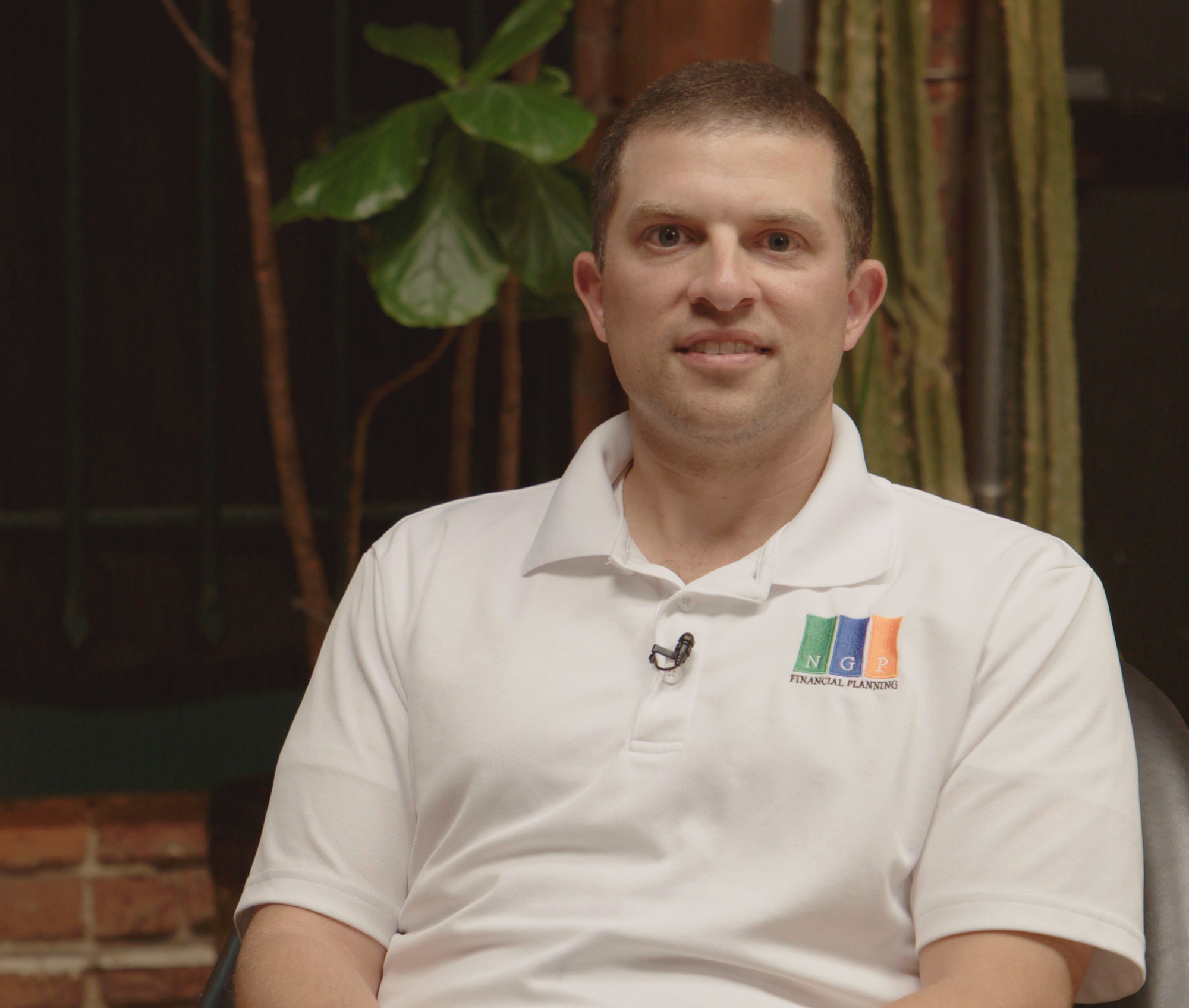A well-crafted article not only supports SEO efforts but also engages your audience. Providing readers with expert advice helps educate them on their search intent and introduces your firm––without the heavy sales pitch.
This guide provides insights into why blogging is important, what to consider, and how to craft compelling blog articles.
Why is blogging important?
Research shows that 70% of consumers learn about companies through articles rather than ads–signifying the channel's potential to build trust. Blogging is also imperative to SEO, supporting a brand’s online presence and visibility.
The more engaged a reader is, the more likely they will spend time exploring your site. While on your site, they can also learn about who you are, who you serve, and what services you provide. Your content primes them before they even schedule a call, making it easier for you to connect with them.
Setting the stage for blogging
Explore a few considerations to get the most out of your articles.
Get clear on who you’re talking to (persona)
Who are you writing for and desire to serve? Is it millennials, retirees, or young professionals? Each demographic will absorb content differently. Look at your competitors and see how they talk to the target audience. Take notes about what works and what doesn’t work (use it for inspiration only and make it your own–do not copy someone else’s work).
Aim to create evergreen content
A quality piece of writing will have a long shelf life. You can repurpose this content in many ways when you create a timeless asset. Use it in automated nurture flows, social media, etc.
Develop content for life events
As the expert, you have a general idea of what will affect your audience. Creating content around these expected (and sometimes unexpected) events offers you a way to support prospects before they hire you–resulting in an authentic connection as their go-to expert.
You can start by asking your clients for ideas. Ask them what information they search for. There might be a few ideas you didn’t initially think of.
Start with the topics you're passionate about
Especially if you’re new to writing, choosing topics that interest you and your audience will help you shine. In other words, if you enjoy writing it, it’s likely your audience will enjoy reading it.
Think about everything you have a perspective on and see where it aligns with your prospects. Can you thoroughly educate your audience on the matter at hand? If so, that’s a topic you should write about.
Write about one topic at a time
The best way to get the most out of your article is to focus on one specific topic at a time. Doing so will keep you on track with providing the best information possible and keep your audience engaged and learning about the subject.
If you have a lot of topics you would like to cover, then prioritize based on the most common questions and challenges affecting your prospects right now.
Choose a popular format to create
Stick with proven formulas. The following formats are best for blogging, making it easier to piece together a solid article for your audience.
Listicles
A listicle lists ideas around a central topic. It’s the most straightforward format and usually a quick read for your audience. Incorporate the best ideas around a topic, followed by a brief description of each item listed.
Example: 30 things to do with your finances before turning 30
How-Tos and Guides
This format is perfect for sharing steps around accomplishing a specific task. It incorporates best practices and directives that readers can take and apply to their lives. These articles may lean on the longer side, depending on the topic.
Example: Financial planning tips for millennials
Answer a question
Keep it simple and answer one question at a time. Consider repetitive questions from prospects and turn them into an in-depth blog post.
Example: What does it cost to start your own RIA?
Case studies
Case studies demonstrate real-world applications and results–enhancing your credibility. Presenting a compelling narrative of challenges and solutions engages and educates readers on what you can do for them.
Example: Why Windle Wealth is moving $150m+ to Altruist before the Schwab conversion
Round-ups
These articles are a curated collection of information on a specific topic. It gathers insights from various sources, bringing them together in one digestible piece.
Example: Top 15 financial advisor podcasts to listen to
Drafting your blog article
How you present your idea(s) to your audience will determine whether or not they keep reading. Articles must be easy to read and follow for the reader. If a reader has to reach for another source to make sense of something you wrote, it won’t be a seamless experience.
Before you start, make sure to carve out time to be creative. Give yourself an hour a few times a week to dedicate to writing. That means silencing your phone and limiting distractions.
Step 1: Compile your notes into a structured outline
An outline helps you visualize each article component–helping piece it together before the writing happens.
In your outline, identify the problem, agitate the problem, present a solution, and a conclusion with the next steps.
To further expand on this, consider the following layout:
- Introduce the big idea with a “hook”
- Set expectations immediately – our brains crave path, duration, and outcome
- Define new concepts and terms
- Provide context (why this matters in the grand scheme)
- Demonstrate relevance (why this matters right now)
- Give great examples, ideally personal stories/anecdotes
- Summarize key takeaways
- Foreshadow what’s next
An outline is not set in stone. It’s a guideline. Once you begin writing, you may find moving a section or scraping something entirely works best. That’s okay, and that’s part of the creative writing process.
Step 2: Writing your article
Every writer will have a different style, like your fingerprint. It will be personalized to you, making it stand out. However, there are a few best practices to keep in mind as you begin to draft your article:
Adjust your mindset
Writing isn’t easy. Chances are you won’t hit it out of the park on your first try (very rare for anyone to do). That’s normal and okay. The more you revise, the better your piece will be. With that in mind, start writing and focus on getting the ideas down without judging yourself or trying to make it perfect (you’ll do that later when you’re ready to edit).
Aim to keep it high-level
You may be tempted to make your writing as creative as possible, but it’s best to keep it simple and to the point. Avoid run-on sentences and cluttered words. Keep the writing concise and clean, using plain, easy-to-read, and understandable English.
Pay particular attention to developing your headers: H1 & H2
Headlines must be eye-catching for the reader and SEO. A great headline is simple. Avoid fluff or fancy words and opt for words your audience is typing into Google (keywords).
There should only be one H1 header on your article. This headline is the page's main topic and should encompass what the article is about in straightforward language.
Here are some examples of straightforward H1 headlines:
- Ten things every millennial should know about stock options
- How to reduce taxes in retirement
- Why aren’t more high earners investing in crypto?
- This retiree used these techniques to increase his social security income
- Top 5 investing apps for today’s market
H2 headers are used throughout your article to help with content organization, keyword relevance, and makes the piece skimmable. H2 headers should explain what the section is about–using keywords as often as possible when relevant. Look at how we’ve incorporated H2 headers in this currently ranking article.
There's more to learn about headers and incorporating keywords. Check out this guide for practical advice to incorporate into your website and increase your chances of ranking on the first page.
What not to do
Don’t be pessimistic. There are ways to nudge urgency without striking fear and anxiety in your reader. Instead, opt for a more optimistic approach and focus on offering solutions instead of the doom and gloom. If you can be the light at the end of the tunnel for someone, you are more likely to establish a connection through your content.
Step 3: Editing your blog
Here’s where you take your content from good to great. Editing requires you to be objective. It’s crucial to read and re-read a few times, including out loud. Doing so lets you engage all your senses and see how it might be received.
Things to consider when editing, asking yourself:
- Will my audience find this information valuable?
- Is it concise and easy to understand?
- Do I have relevant examples to support my arguments?
These questions will help you determine if you need to revise, add, or cut information.
Learn more about content creation and polishing your piece for distribution in this guide.
Conclusion
Writing is a journey. It takes time to learn what will work for you and your audience. Sometimes, it will be a home run. Other times, it will be a few weeks before you see traction. Don’t let this get to you. Instead, use it to fuel you for the next time. With writing or any content creation, evolving as you learn what resonates with your audience is part of the process. Try new things, and you can even go back to your pieces and optimize further.
Next up, learn about digital marketing strategies for financial advisors.



